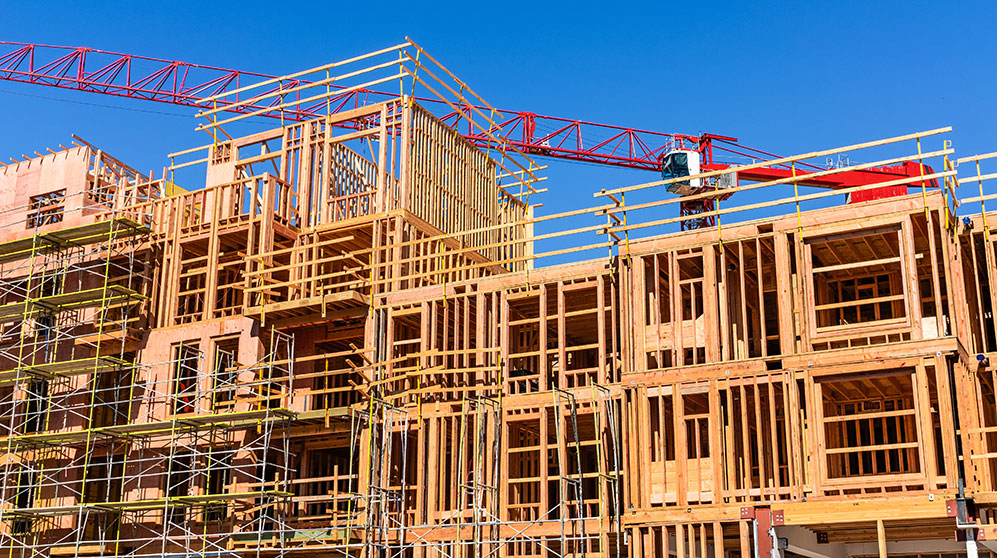What Went Wrong With China?
• 3 min read
- Brief: Global Economy

Get the Latest Research & Insights
Sign up to receive an email summary of new articles posted to AMG Research & Insights.

China’s development is one of history’s greatest economic success stories.
Between 1990 and 2019, China’s GDP grew at an astounding average annual rate of 9.5%, resulting in a tenfold increase in real income per person. The share of population living on less than $2.15 a day fell from 72% to 0.1%. Compared to the United States, China’s GDP per capita increased from 4.2% that of the U.S. in 1990 to 30.1% in 2019. Adjusting for price differences, China became the world’s largest economy in 2016 and was forecast to become the largest at market exchange rates by 2035.
However, China’s economic engine began to sputter in 2020, and there are several reasons for this slowdown.
China is approaching its limits of investment-led growth. Over the past 20 years, investment spending ran at over 40% of GDP, double the share in the United States and one of the highest in the world. While this allowed China to build an impressive stock of factories, homes and infrastructure, this growth engine has probably run its course. New investments are unlikely to be as productive as the old ones, and the existing stock must be maintained at a considerable cost. China now needs to transition to a model more focused on providing consumer goods and services. This requires a fundamental reorienting of the economy, including a stronger social safety net, which currently forces households to save a large share of their income at the cost of current consumer spending.
China’s very size means that exporting its way to prosperity is no longer an option. Manufacturing exports were one of the primary drivers of China’s growth. Exports’ share of GDP reached its peak of 36% of GDP in 2006, before falling gradually to just under 20% in 2023 as domestic demand strengthened. This makes China look more like other large economies, such as the United States or the European Union, where exports to the rest of the world account for between 10% and 15% of GDP. However, this means that as time goes by, exports become less viable as a growth engine. Current policies of subsidizing exports of technologically advanced products, such as solar panels and electric cars, are simply insufficient to serve as the main driver of growth for an economy the size of China’s. Moreover, finding buyers for China’s vast exports becomes increasingly more difficult, as shown by the backlash and tariffs imposed over the past few years by the European Union and United States.
The real-estate bubble’s burst will also weigh on growth in coming years. The dearth of housing in a relatively poor country led to an explosion in construction in the early 2000s. The underdevelopment of China’s financial markets meant that for many households housing became the primary allocation for their savings, adding to the construction spending and leading to an unsustainable increase in prices. The bubble burst in 2021. As prices fell, housing construction decreased by more than a half, and the stock of unsold properties grew. The burst bubble severely eroded household finances and confidence, posing a further drag on consumer spending. Although China avoided a financial meltdown, finding a new equilibrium in the country’s housing market and restoring consumer confidence are likely to drag down growth for some time.
HOW AMG CAN HELP
Not a client? Find out more about AMG’s Personal Financial Management (PFM) or to book a free consultation call 303-486-1475 or email us the best day and time to reach you.
This information is for general information use only. It is not tailored to any specific situation, is not intended to be investment, tax, financial, legal, or other advice and should not be relied on as such. AMG’s opinions are subject to change without notice, and this report may not be updated to reflect changes in opinion. Forecasts, estimates, and certain other information contained herein are based on proprietary research and should not be considered investment advice or a recommendation to buy, sell or hold any particular security, strategy, or investment product.
Get the latest in Research & Insights
Sign up to receive a weekly email summary of new articles posted to AMG Research & Insights.


